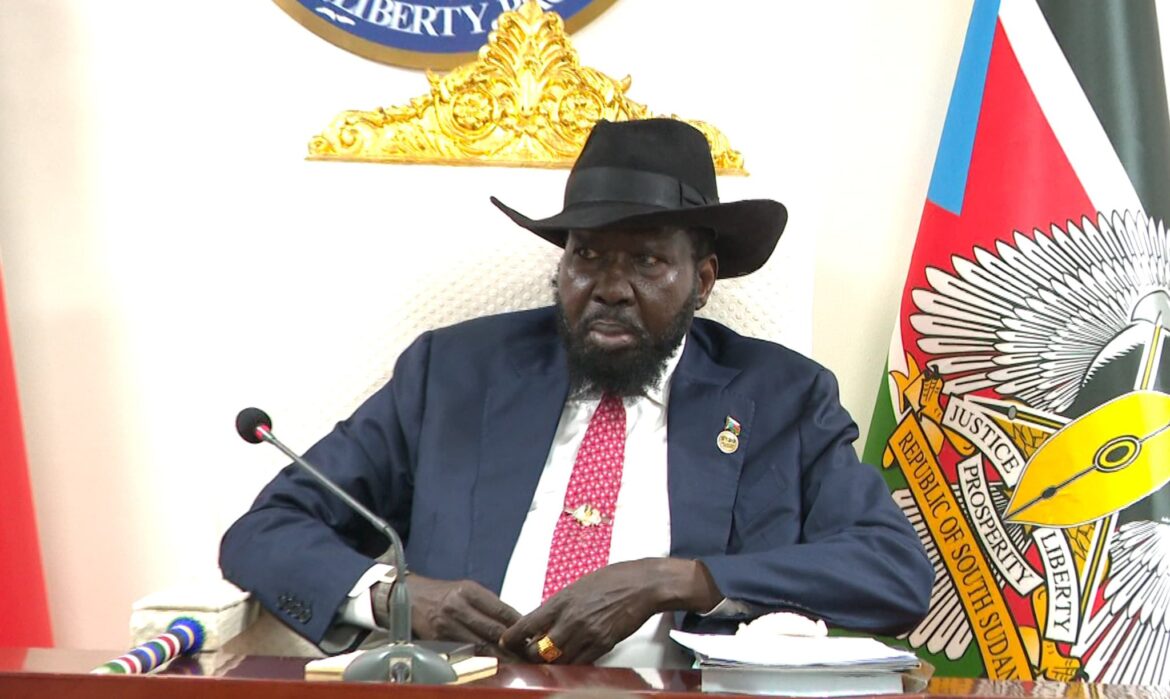By Maik Kueth
South Sudan’s government is racing against time to safeguard its treasury as it unveils a 7 trillion South Sudanese Pounds (SSP) budget for the 2025–2026 fiscal year, revealing a 1.5 trillion SSP deficit.
In a Cabinet’s first meeting chaired by President Salva Kiir on Friday, ministers announced a number of stringent measures to shore up state finances, including a blanket ban on further tax and duty exemptions and a tighter regime for approving government loans.
Michael Makuei, Minister of Information, noted that the shortfall is rooted largely in weak non‑oil tax collection and persistent revenue leakages.
He said the Ministry of Finance has committed to stepping up ordinary revenue mobilization and cutting wastage of public funds.
The move away from exemptions reflects a new emphasis on closing fiscal drains and rebuilding the government’s capacity to collect taxes.
Beyond the balance‑sheet, the Cabinet heard a briefing from Road and Bridges Minister Simon Mijok Mijak on the proposed construction of a transport corridor linking South Sudan with Ethiopia, culminating at the port of Djibouti.
The project was described as vital to unlocking crude‑oil export routes and broader regional trade opportunities.
The ministers emphasized that success in such infrastructure ventures would be critical to expanding the country’s revenue base.
Kiir’s appeal for efficiency and accountability
At the session, President Kiir directed all ministers to enhance the performance of their respective institutions, stressing efficiency and accountability as essential in the present fiscal climate.
On the other hand, the Cabinet resolved that no individual may sign government loans without following proper legal procedures, a move evidently aimed at protecting the country’s financial integrity amid borrowing pressures.
The timing of the budget presentation is noteworthy, as the Cabinet has just normal work after a nine-month hiatus.
The government is facing a triple squeeze: decreased oil income, sluggish tax collections, and mounting inflationary pressures.



